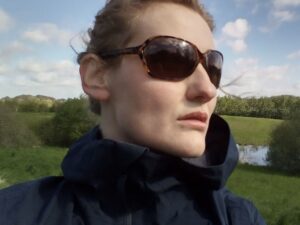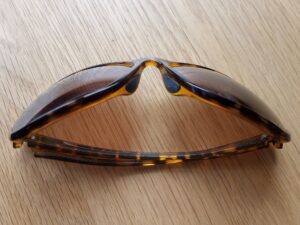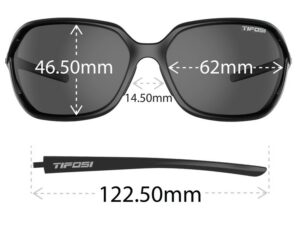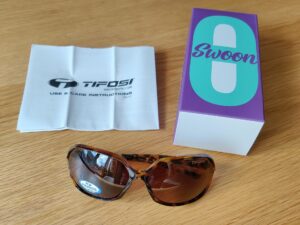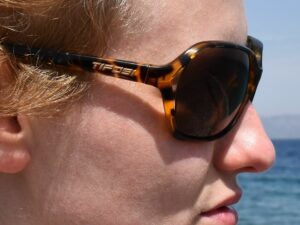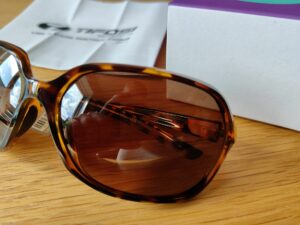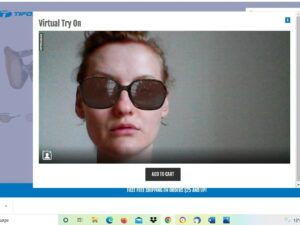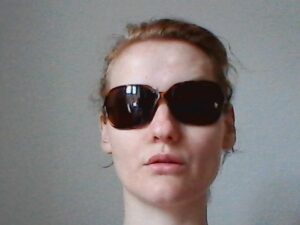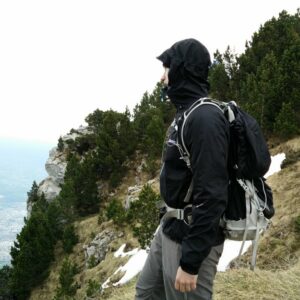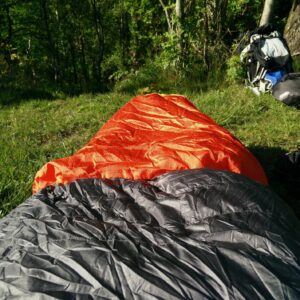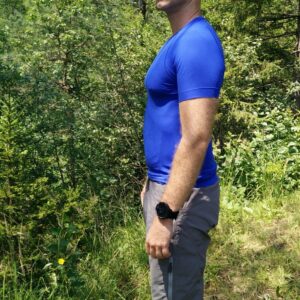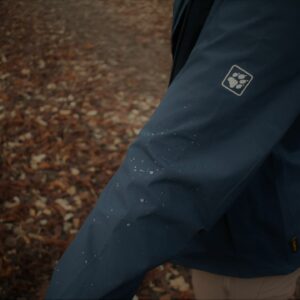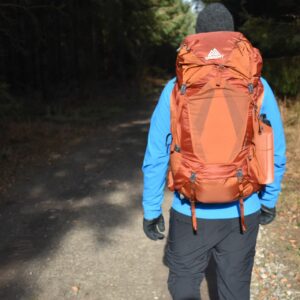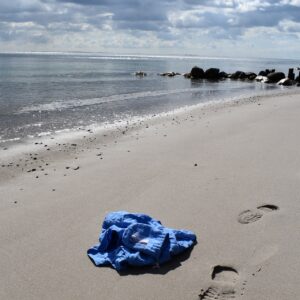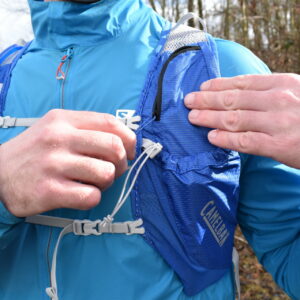In the beginning of the year, we were contacted by the American eyewear company Tifosi Optics, which asked us to test some of their products in return for an unbiased review. I opted for the Tifosi Swoon sunglasses with polarized lenses, while Blaz chose the Tifosi Davos sunglasses with interchangeable lenses (reviewed here). For the past months I have used the sunglasses whenever the sun was out, and I can thus safely state that the polarized Tifosi Swoon sunglasses are suitable for the following:
- Hiking
- Mountaineering
- Climbing
- Backpacking
- Swimming
- Mountain biking
- Everyday use
Frame and Design
The Swoon sunglasses are part of Tifosi Optics’ Swank series and the brand labels them as athleisure sunglasses providing “style and function”, which I think is a very apt description. I’m not so much into overly sporty looking classes, but I do want my sunglasses to perform exceptionally even if they appear more sophisticated than sporty! Tifosi Swoon accomplishes exactly that by having a very classic design with relatively large oval/rectangular lenses and medium rims. The temples are quite thin, but as the lenses are wide and the sunglasses wrap nicely around the face with a base curve number of 7, you are still protected from sun rays coming in from the side. The lower part of the inside of the temple tips is nubbly to prevent the sunglasses from slipping off. The hinges are integrated into the frame to diminish them pulling your hair.
The Tifosi Swoon sunglasses are available in a handful of different colors which each have a specific type of lenses which complement the respective color of the frame. I chose the Swoon sunglasses in the color combination Leopard because they were the only pair with polarized lenses (more about that below) and I also like the classic tortoise shell look. Luckily it is almost a hundred years ago since tortoise shell glasses were made of actual hawksbill turtle shells, and indeed the frame of the Swoon Leopard sunglasses is made of light and durable Grilamid TR-90, which is a robust plastic. The rubber nose pads are hydrophilic, which increase grip if you sweat, and make sure that the sunglasses sit comfortably and firmly on your nose. If you damage the nose pads, or want to replace them for any other reason, you can buy inexpensive replacements.
Tifosi Optics is known for making affordable sports eyewear of a good quality, and the Swoon Leopard sunglasses are no exception, currently retailing for 50 dollars (the non-polarized Swoon models only 25 dollars). Polarized sunglasses usually retail for at least double the price. It should be mentioned, however, that while the materials of the Tifosi Swoon sunglasses seem sturdy and durable, they do have a less luxurious “feel” than for example the Ombraz sunglasses (which also retail for almost triple the price of Swoon). They also come without a case or sleeve for protection, which I think is a shame as it makes the sunglasses more susceptible to scratches etc.
Lenses and Vents
The Tifosi Swoon Leopard sunglasses are equipped with brown polarized lenses made of shatterproof polycarbonate. Besides being polarized, the lenses do not feature any other treatments like fog-reducing or hydrophilic coatings. The sunglasses are, however, designed to be fog-reducing on their own as there is an oblong vent placed at the outer corner of each lens. The purpose of the vent is to let air in to regulate the temperature inside the lenses to reduce fogging – especially during aerobic activities. Vents are becoming more and more popular for sports eyewear, but they should of course be placed with caution as the sunrays otherwise have directly access to the eye itself. I haven’t noticed that the sunlight ever reached my eyes through the side vents of the Tifosi Swoon sunglasses, so it seems that they are well-placed. They are also relatively discrete, so it doesn’t break with the sophisticated look.
Comfort and Fit
The Tifosi Swoon sunglasses are very comfortable to wear because they are lightweight (24 g/0.85 oz.) and fit me well as the rims of the frame follow my browbones and top of cheekbones nicely. As mentioned in our article How to Choose Sunglasses for Hiking, fit is really important when deciding for a pair for outdoor activities as hiking and mountaineering. Not only can sunlight enter from unexpected angles if the sunglasses don’t fit your facial features and bone structure (width of face, nose bridge, orbit etc.), you might also feel uncomfortable if the sunglasses are too small or limit your field of vision.
Of course, there is also the aesthetic factor of how the sunglasses suit you, and you can find numerous articles on which (sun)glasses become certain facial shapes better than others. Tifosi Optics has attempted to give you a sense of how their sunglasses will suit you with their Virtual Try On feature. As you can see on the screenshots (the Virtual Try On vs web camera shot of me actually wearing the sunglasses a moment later) there is a discrepancy, as the sunglasses sit much higher and thus cover my eyebrows in reality. I am, nevertheless, still excited about the Virtual Try On as it does give an indication of how the Tifosi sunglasses will look on you.
Verdict
I’m very happy with the Tifosi Swoon Leopard sunglasses because they fit me nicely and look elegant enough for everyday use yet perform great for hiking and other outdoor activities. The brown polarized lenses reduce glare and increase contrast and depth perception for an optimal viewing experience, and the discrete vents reduce fogging when the temperature (and/or tempo!) is high.
If you have any questions about this product, drop me a line in the comments below.
Rating
| Design |  |
| Functionality |  |
| Quality |  |
| Comfort |  |
We field tested this product. The rating shows its overall performance.About Rating
Pros:
- Sophisticated design
- Polarized lenses
- Well-placed discrete side vents to reduce fogging
- Price
Cons:
- No protective case or pouch included
